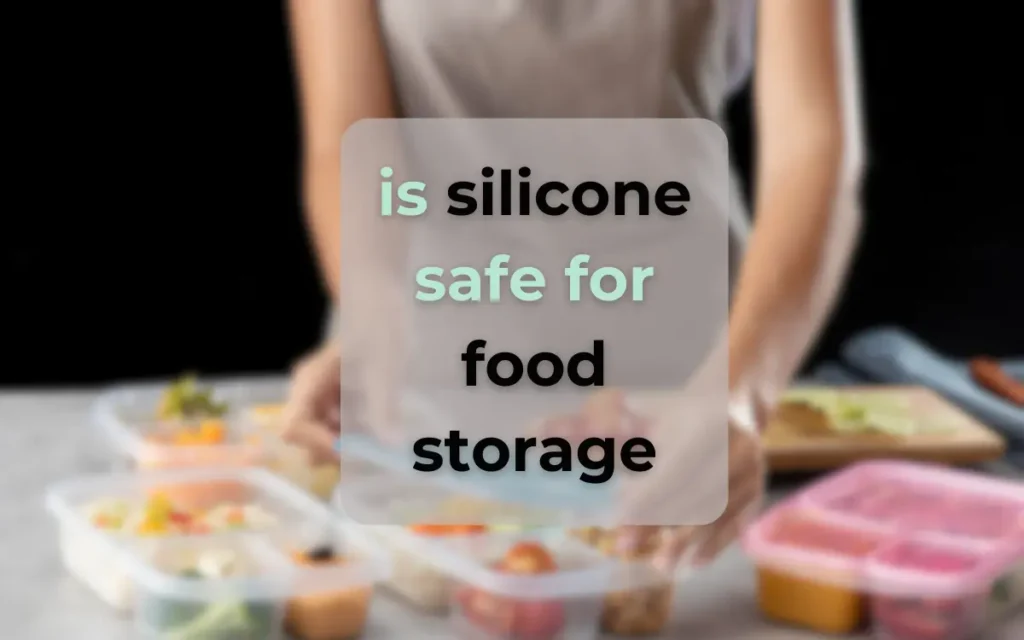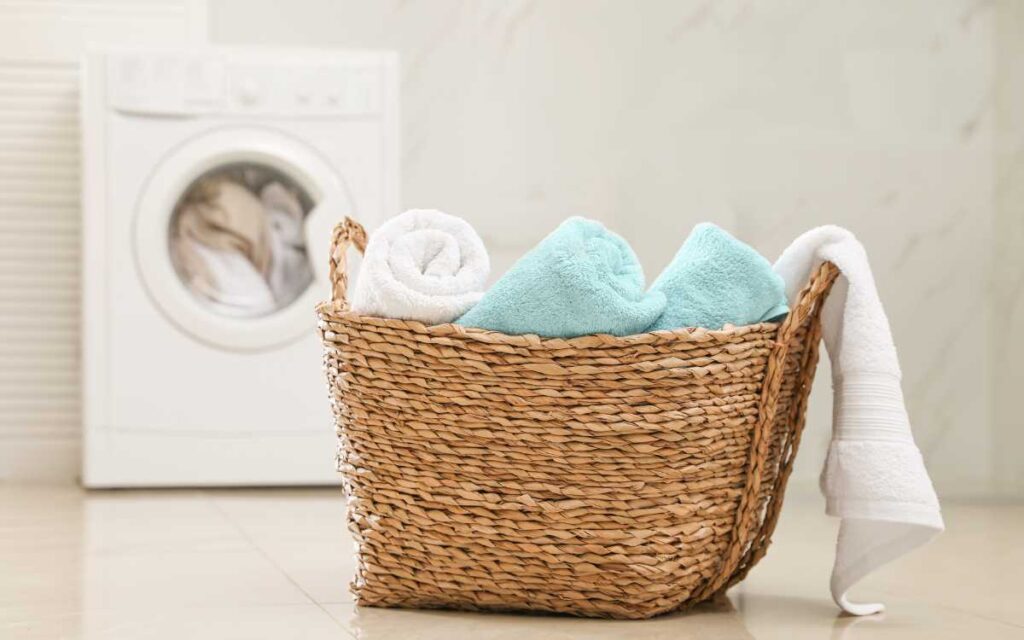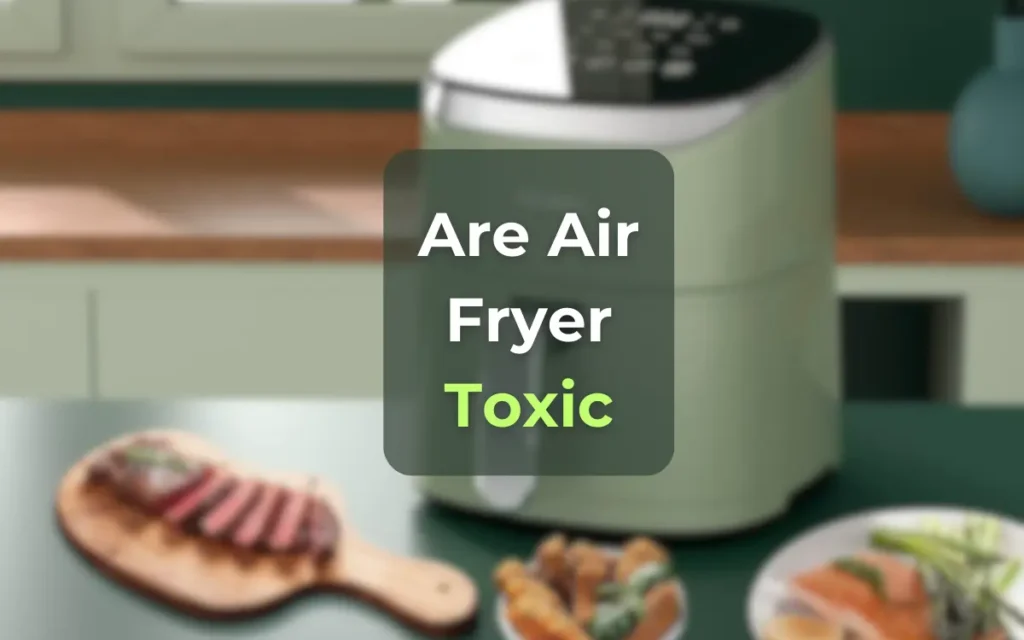
Introduction
In the world of modern kitchens, silicone is widely used for food storage. But a question remains: Is silicone truly safe for our food storage?
This article serves as your guide.
This helps you navigate uncertainties and address worries. It also helps you understand if it is reliable for storing food.
But before that we will understand silicone first then we will discuss its types.
So, you will get a basic idea of silicone.
Understanding Silicone and Its Type

What is Silicone?
At its core, it is a synthetic polymer made up of silicon, oxygen, carbon, and hydrogen.
It has a unique set of characteristics that make it stand out. It’s heat resistant and flexible. This balance between strength and adaptability sets silicone apart from other materials.
When it comes to versatility and adaptability, few materials can match silicone. It is found in various forms for specific uses.
Let’s discover its types and how they improve our daily lives.
Types of Silicone
High-Temperature Vulcanized (HTV) Silicone:
Description: This type of silicone undergoes a curing process involving high temperatures. It’s well-known for its heat resistance and sturdiness.
Culinary Use: Not commonly used in direct culinary applications.
Room Temperature Vulcanized (RTV) Silicone:
Description: RTV silicone is unique. It cures at room temperature. This process offers flexibility. It also provides detailed accuracy.
Culinary Use: The food-grade variant is a type of RTV silicone. It is popular. It’s used for creating detailed molds. These molds are for candy and chocolate.
However, always ensure it’s explicitly labeled as “food-grade” for safe culinary applications.
Liquid Silicone Rubber (LSR):
Description: LSR is a two-component compound that gets mixed and then set. It boasts flexibility and robustness.
Culinary Use: LSR is commonly used in baby products. Examples include bottle nipples. This is because of its safety. It also has a soft texture.
Food-Grade Silicone:
Description: This is the star player for culinary enthusiasts. The name indicates its purpose. It’s safe for touching food. It goes through strict testing. This ensures it doesn’t react with food. It’s also non-toxic.
Culinary Use: Food-grade silicone is widely used in the kitchen. It’s found in bakeware. It’s also in utensils. You’ll see it in ice cube trays. Additionally, it’s used in food storage containers.
Is Silicone Safe for Food Storage?

Yes, silicone is safe for food storage.
It is now a popular choice for food storage.
Why?
It has impressive safety features.
Silicone is an inert material. It’s also non-toxic. It doesn’t give off chemicals or smells to food. This remains true with temperature shifts or acidic foods.
Unlike certain plastics, it lacks BPA or phthalates that can seep into food and be harmful.
When it comes to active food storage, it’s flexibility plays a vital role. Its stretchable quality lets you seal containers tightly, stopping leaks and spoilage.
This means you can use the same container for various foods.
You don’t have to worry about leftover smells or flavors.
Moreover, it is highly heat resistant.
You can safely use it in the microwave or oven without fearing that it will melt or release harmful fumes.
Its versatility is handy for reheating leftovers or cooking in the container.
Transitioning from storage to cleaning, silicone proves to be hassle-free. Its smooth surface resists staining and doesn’t retain colors or odors from the food it holds.
You can hand wash silicone containers easily.
You can also put them in the dishwasher. They won’t degrade with a thorough clean.
Why You Should Use Silicone for Food Storage?

In a world where food safety and sustainability are crucial, what we use to store food matters a lot.
This makes the choice of storage materials an essential decision.
Here, silicone stands out.
It combines practicality, safety, and eco-friendliness like few others can.
Let’s dive into why silicone is smart for food storage. It aligns well with our current needs.
Safety in Every Bite:
Silicone’s food-grade quality ensures safety from harmful substances. Specifically tested silicone doesn’t release chemicals into food.
So, when you store your favorite dishes in silicone containers, you’re securing both their taste and your peace of mind.
Temperature Tolerance at Its Best:
Silicone’s ability to handle temperature extremes is a game-changer for food storage. It fearlessly stands up to the heat of the oven and the chill of the freezer without warping or emitting toxins.
With this adaptability, you can prepare, store, and reheat in one container. This reduces dishwashing and the need for various storage options.
Eco-Conscious Champion:
Choosing silicone isn’t just a smart choice for your kitchen – it’s a win for the planet. Choosing durable silicone storage cuts down on disposable containers. It can be easily recyclable in certain conditions.
This choice helps the environment. It’s a small change, but its effect is big. It shows your commitment to daily sustainability.
Easy-Care Convenience:
Cleaning up after a meal is hassle-free with silicone.
Its surface is non-stick. So, food residue comes off easily.
This saves you both time and effort. It boosts hygiene and lessens bacterial growth.
Your storage stays clean and set for the next culinary venture.
Longevity for Your Investment:
Opting for silicone isn’t just about the present – it’s a wise investment for the future. Silicone containers are durable. They last a long time.
This saves you money over time.
You use them again, reducing replacements. This fits a budget-friendly and eco-friendly way of life.
Is It Worth to Use Silicone for Food Storage

Yes, using silicone for food storage has many advantages.
First, silicone stands out because it’s both flexible and durable.
This makes it perfect for containers and lids. While some plastic containers might bend or break over time, silicone stays strong. It keeps its shape even with regular use and temperature shifts.
Next, its sealing abilities are top-notch.
Silicone lids offer an airtight and leak-proof seal. This keeps air out, helping food stay fresh longer.
As a result, you might throw away less spoiled food, saving both food and money.
Furthermore, it is microwave, oven, and freezer safe.
You can shift from fridge to microwave or oven with ease.
No need to switch containers.
This approach saves time and cuts down on the need for multiple containers. It also means using fewer disposable wraps and foils.
Cleaning is also a breeze.
It’s slick surface resists stains and doesn’t absorb smells as some plastic containers might.
It’s also dishwasher-safe, making cleanup a breeze.
What Care Should Be Taken While Using Silicone for Food Storage?
When using silicone for food storage, it’s important to follow these guidelines. You will see the best results.
1. Cleaning and Maintenance
Maintain silicone containers by washing before first use and after each time.
Wash with gentle soap and warm water.
Stay away from rough scrubbers to protect the silicone. While many silicone containers can go in the dishwasher.
But always check the manufacturer’s guidelines just to be safe.
2. Avoid Extreme Temperatures
While silicone is known for its temperature resistance. Even then extreme temperatures can still pose a risk.
Avoid rapid temperature changes.
Don’t go from freezer to oven with silicone containers. This can cause the material to warp or crack.
3. Storing Foods
When storing foods in silicone containers, make sure they are cool or at room temperature before sealing them.
Hot foods make steam.
Sealing right away can trap moisture, affecting food quality.
4. Avoid Staining
Silicone stains less but strong-colored foods can leave marks. To reduce staining, coat with oil before storing.
5. Microwave Safety
When microwaving with silicone, check for microwave-safe labels.
Follow manufacturer’s guidelines.
Use caution when removing containers from the microwave, as they can become hot.
It’s advisable to use oven mitts or a towel to handle them safely.
6. Storage Space
Silicone containers are flexible and can be stacked or nested to save space when not in use.
However, avoid overloading or placing heavy objects on top of them, as this could cause deformation.
7. Longevity and Replacement
Silicone containers are durable.
However, they may eventually show signs of wear. This is especially true if used often. Inspect your containers regularly for any cracks, tears, or signs of degradation.
If you notice any damage, it’s best to replace the container to maintain food safety and quality.
With these essential tips, your silicone food storage becomes effective and safe.
Bottom Line
In conclusion, silicone is largely safe for food storage. High-quality silicone is food-grade. It doesn’t have harmful additives. It’s a safe choice for food. Always remember to choose products wisely. It’s vital for your health and your family’s health.
So, have you ever considered the materials that come into contact with your food and how they might impact your health?






